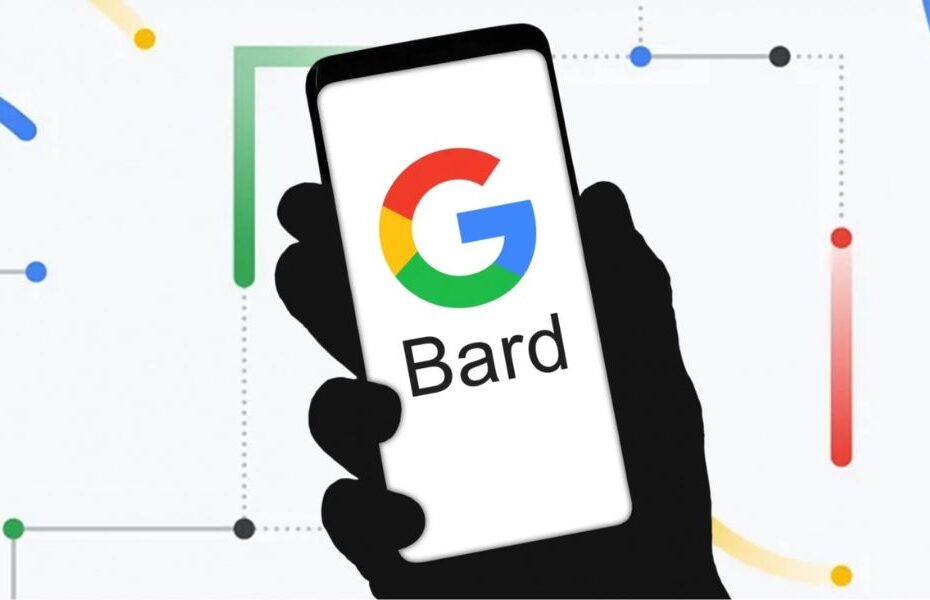Generative AI is a type of AI that deals with the creation of new data from Artificial Intelligence. This can be done in a variety of ways, including but not limited to:
- Generation of Images: Generating realistic images from scratch.
- Generation of Text: Generating realistic text, such as news articles, blog posts, or even creative writing.
- Generation of Music: Generating realistic music, such as songs or soundtracks.
Generative AI is a rapidly growing field with a wide range of good applications. For example, it can be used to create realistic avatars and virtual reality applications, to generate personalized content for marketing campaigns, or to create new forms of art and entertainment.
Types of Generative AI Models
There are many different types of generative AI models. Some of the most common include:
- Generative Adversarial Networks (GANs): GANs are a type of deep learning model that pits two neural networks against each other in a competitive game. One network, the generator, tries to create realistic data, while the other network, the discriminator, tries to distinguish between real and fake data.
- Autoencoders: Autoencoders are a type of neural network that learns to compress data into a latent representation and then reconstruct the data from that representation. This can be used to generate new data that is similar to the data that was used to train the autoencoder.
- Boltzmann Machines: Boltzmann Machines are a type of probabilistic neural network that can be used to generate data from a probability distribution.
How Generative AI Models Work?
Generative AI models work by learning from a large dataset of existing data. This data can be anything from images to text to music. The model then uses this data to learn the statistical relationships between different features of the data. This allows the model to generate new data that is similar to the data that it was trained on.
1. The Ethical Implications of Generative AI
Generative AI has a number of ethical implications. For example, it could be used to create fake news or propaganda or to generate deep fakes that could be used to damage someone’s reputation. It is important to use generative AI responsibly and to be aware of the potential risks.
2. Using Generative AI Responsibly
There are a number of things that can be done to use generative AI responsibly. These include:
- Being aware of the potential risks: It is important to be aware of the potential risks of generative AI, such as the potential for fake news, propaganda, and deepfakes.
- Using generative AI for good: Generative AI can be used for good, such as creating realistic avatars for virtual reality applications, generating personalized content for marketing campaigns, or creating new forms of art and entertainment.
- Being transparent about the use of generative AI: If you are using generative AI to create content, it is important to be transparent about the fact that you are using this technology. This will help to ensure that people are aware of the potential risks and benefits of generative AI.
Conclusion
Generative AI is a powerful tool with a wide range of potential applications. It is important to use this technology responsibly and to be aware of the potential risks. By doing so, we can ensure that generative AI is used for good and not for harm.
In publishing and graphic design, Lorem ipsum is a placeholder text commonly used to demonstrate the visual form of a document or a typeface without relying on meaningful content.
